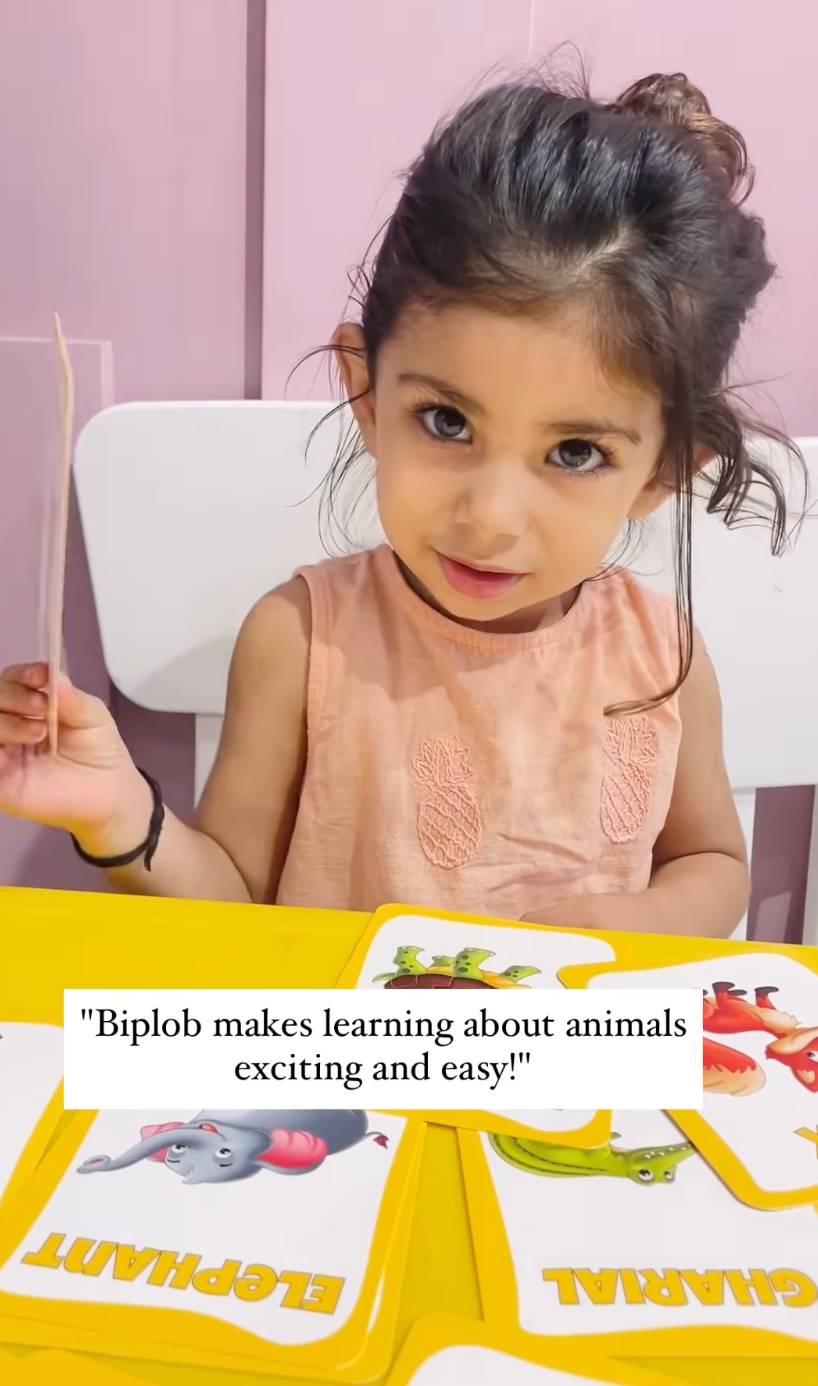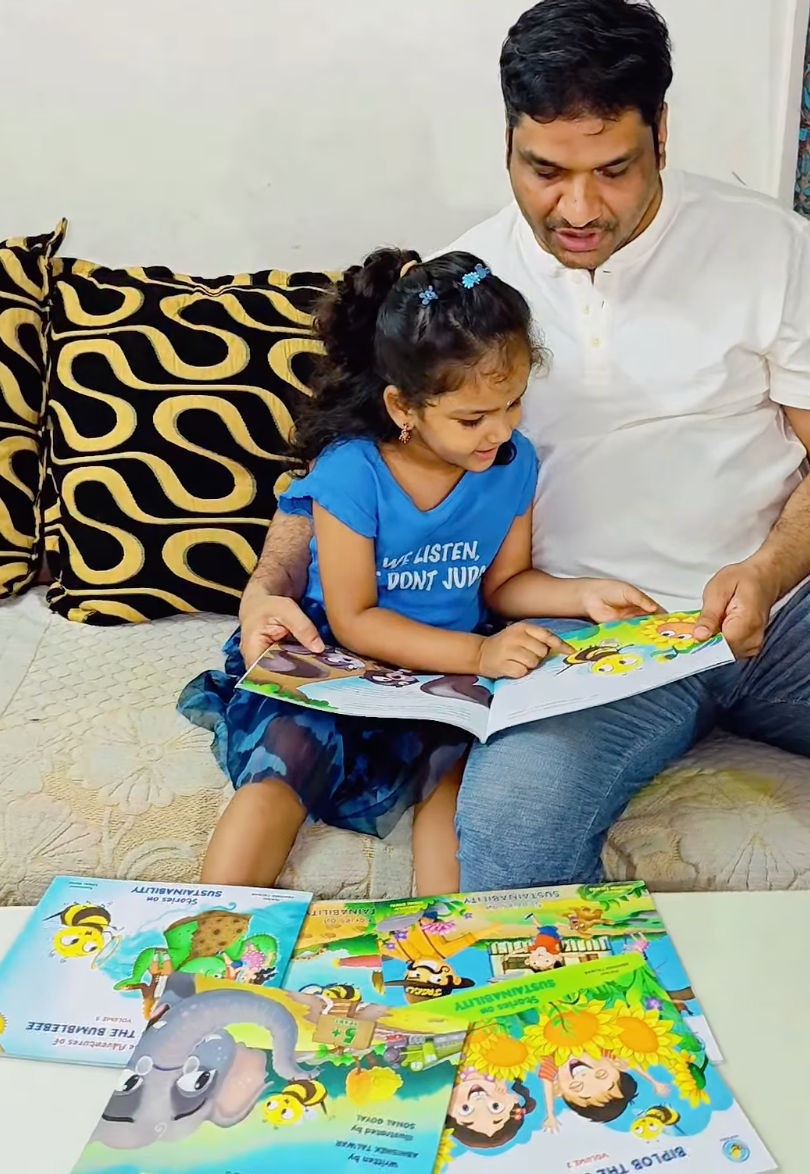A child’s world begins with movement and games — a tiny hand reaching for a puzzle game piece, a wobbly step across a room chasing a ball, or a laugh that tumbles with a jump in a fun card game. These moments are not just play; they are the early sketches of mastery. Every giggle, stretch, and stumble is the body’s way of learning to speak the language of motion through joyful games.
Understanding the Art of Motor Skills
Motor skills are the bridge between imagination and action, unfolding in two delicate threads — gross motor skills, engaging large muscles for running, climbing, or leaping; and fine motor skills, shown in actions like gripping crayons, buttoning shirts, or carefully turning pages in physical books. Puzzle games, DIY games, board games, and card games all uniquely support these skills, fostering confidence, coordination, and independence. When children balance on one foot or complete a game challenge, they are growing inside and out.

Together, they form the foundation of confidence, coordination, and independence. When a child learns to balance on one foot or sketch their first crooked circle, they are not merely moving — they are growing, inside and out.
Play: The Most Joyful Teacher
Children don’t learn movement through instruction but through joy. Play — including building with blocks, reading physical books, and interactive games — is their greatest classroom, full of lessons wrapped in laughter. Outdoor adventures and game sessions teach coordination, teamwork, rhythm, and persistence — virtues that shape academic and emotional success.
Outdoor adventures — from hopscotch to scavenger hunts — teach coordination and teamwork. Music and movement blend heart and harmony; a drumbeat trains rhythm just as yoga nurtures calm control. Through play, children find their pace in the world, one motion at a time.
Everyday Movements, Extraordinary Growth
Simple activities like gardening, pouring sand, pedalling a bike, or engaging in DIY craft games offer tactile and motor challenges without the need for screens or fancy toys. These moments nurture a rhythm of effort and discovery, developing muscles and minds.
Integrating puzzle games, DIY games, board games, card games, and reading physical books into daily routines creates a rich, playful environment where motor skills naturally flourish.

The Ripple Effect of Movement
Motor skills extend beyond the physical, nurturing emotional balance, focus, and social connection. A child learning to throw a ball or solve a puzzle game learns patience, sharing, and celebration — success in motion becomes success in spirit.
Guiding Growth with Wonder
Parents, teachers, and caregivers hold the quiet power to make movement magical. Encourage small challenges: Can you hop on one foot three times? Celebrate every effort, every wobble, every win. Progress isn’t just in perfection — it’s in persistence.
Because when children move, they learn to flow — with grace, courage, and curiosity. Their muscles grow, but so does their sense of self.
In the end, developing motor skills is not merely a physical journey; it’s a poetic dance of growth — where every stretch, spin, and skip is a brushstroke on the canvas of childhood.
-Yashraj Naik





Leave a comment
This site is protected by hCaptcha and the hCaptcha Privacy Policy and Terms of Service apply.